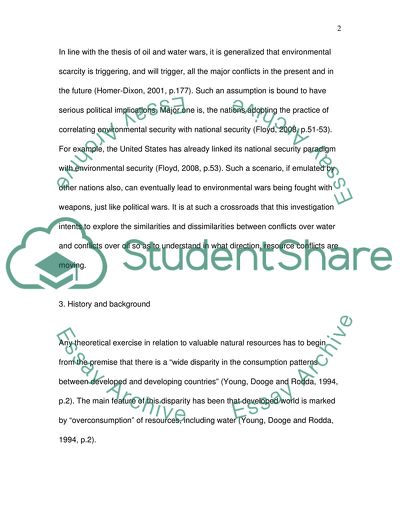Cite this document
(To What Extent Are Resource Conflicts over Oil and over Water Case Study - 1, n.d.)
To What Extent Are Resource Conflicts over Oil and over Water Case Study - 1. Retrieved from https://studentshare.org/politics/1752850-to-what-extent-are-resource-conflicts-over-oil-and-over-water-comparable-or-dissimilar-aim-to-develop-both-domestic-and-international-perspectives-by-use-of-case-studies
To What Extent Are Resource Conflicts over Oil and over Water Case Study - 1. Retrieved from https://studentshare.org/politics/1752850-to-what-extent-are-resource-conflicts-over-oil-and-over-water-comparable-or-dissimilar-aim-to-develop-both-domestic-and-international-perspectives-by-use-of-case-studies
(To What Extent Are Resource Conflicts over Oil and over Water Case Study - 1)
To What Extent Are Resource Conflicts over Oil and over Water Case Study - 1. https://studentshare.org/politics/1752850-to-what-extent-are-resource-conflicts-over-oil-and-over-water-comparable-or-dissimilar-aim-to-develop-both-domestic-and-international-perspectives-by-use-of-case-studies.
To What Extent Are Resource Conflicts over Oil and over Water Case Study - 1. https://studentshare.org/politics/1752850-to-what-extent-are-resource-conflicts-over-oil-and-over-water-comparable-or-dissimilar-aim-to-develop-both-domestic-and-international-perspectives-by-use-of-case-studies.
“To What Extent Are Resource Conflicts over Oil and over Water Case Study - 1”, n.d. https://studentshare.org/politics/1752850-to-what-extent-are-resource-conflicts-over-oil-and-over-water-comparable-or-dissimilar-aim-to-develop-both-domestic-and-international-perspectives-by-use-of-case-studies.


